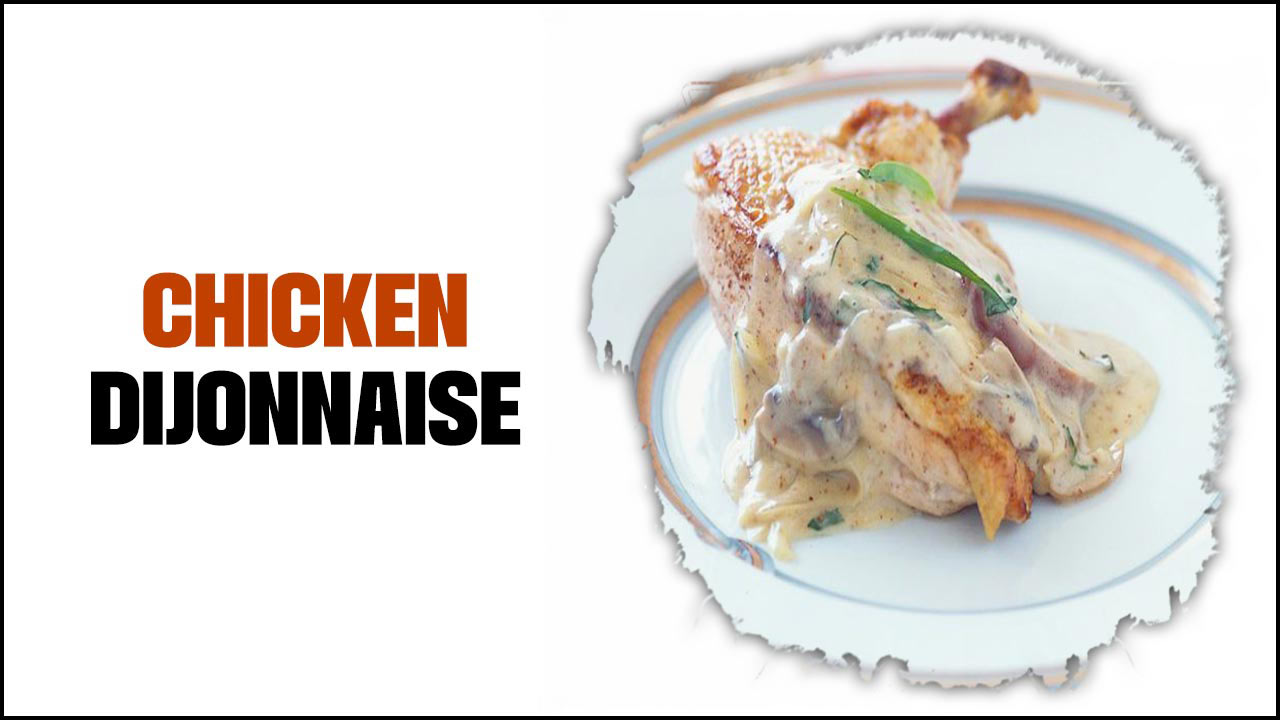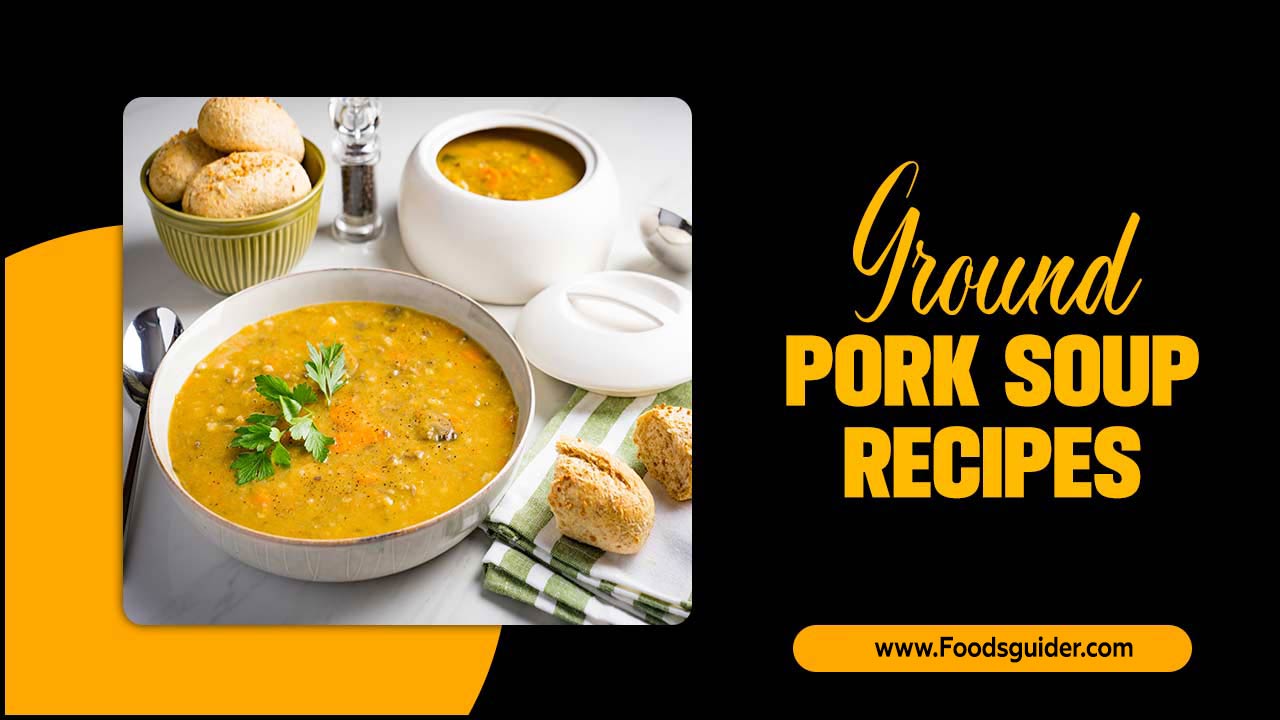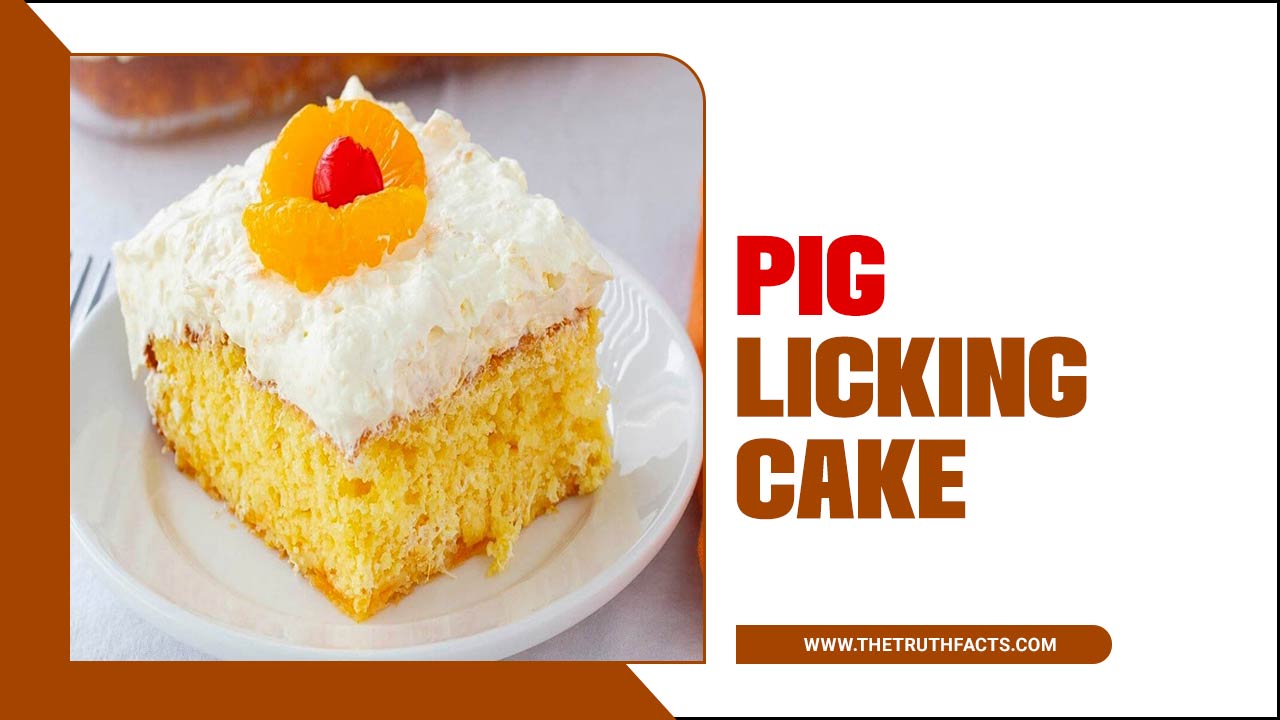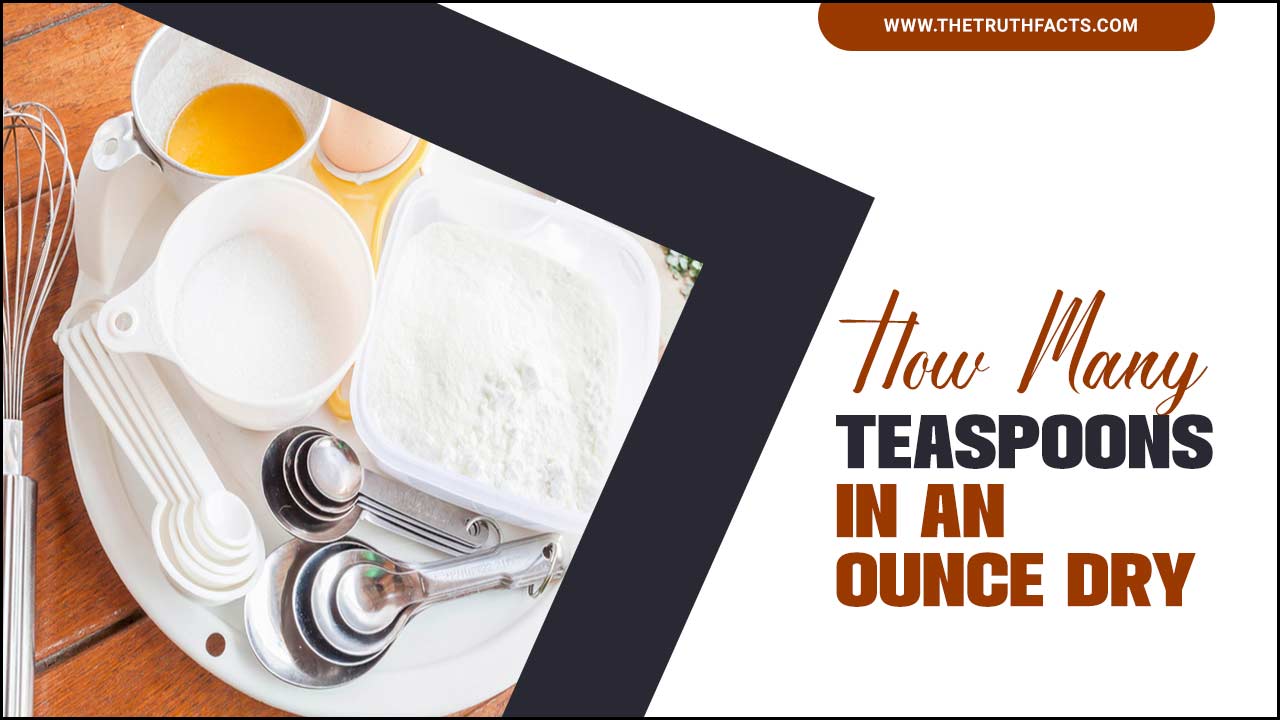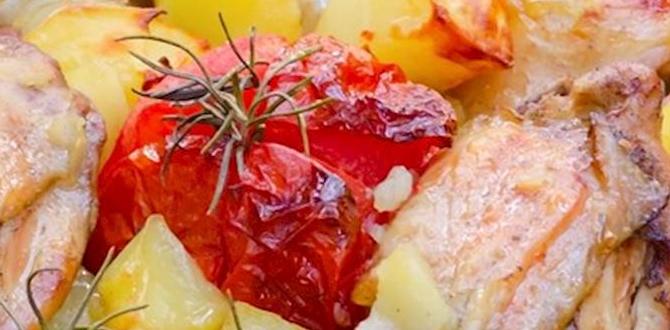Embark on delicious culinary adventures with these essential tips for home cooks. Learn to explore new flavors, master kitchen techniques, and cook with confidence, making every meal a delightful journey.
<p>Ever stare at a recipe and feel a flutter of doubt? Or maybe you’ve dreamed of whipping up exotic dishes but don’t know where to start? You’re not alone! Many home cooks crave exciting meals but find the path to culinary adventure a little bumpy. It’s easy to get stuck in a recipe rut, feeling like every meal is just…okay. But what if I told you that exploring new tastes and cooking with flair is simpler than you think? With a few smart tips and a sprinkle of courage, your kitchen can become a launchpad for incredible flavor experiences. Get ready to transform your everyday cooking into a fun, stress-free exploration!</p>
<h2>Your Culinary Adventure Toolkit: What You’ll Need</h2>
<p>Starting any adventure requires the right gear, and culinary exploration is no different! You don’t need a professional kitchen, but having a few key tools can make a world of difference. Think of these as your trusty companions on your journey to deliciousness. They’ll help you overcome common kitchen hurdles and unlock new cooking possibilities.</p>
<h3>Must-Have Kitchen Essentials</h3>
<p>Let’s gather our basic ingredients for success. These aren’t just gadgets; they’re your partners in creating amazing food. We’ll focus on quality and versatility because a few good tools are better than many mediocre ones.</p>
<ul>
<li><strong>A Sharp Chef’s Knife:</strong> This is your most important tool. A good chef’s knife makes chopping, slicing, and dicing a breeze and is safer than a dull one. Invest in one good-quality knife and learn to care for it.</li>
<li><strong>Quality Cutting Board:</strong> Protect your countertops and your knives with separate cutting boards for meats and produce to prevent cross-contamination. Wood or bamboo are great options, but easy-to-clean plastic works too.</li>
<li><strong>Measuring Cups and Spoons:</strong> Precision matters, especially when you’re experimenting. Having a reliable set ensures your recipes turn out as intended.</li>
<li><strong>Mixing Bowls:</strong> A set of nesting bowls in various sizes is incredibly useful for everything from whisking eggs to tossing salads.</li>
<li><strong>Saucepans and Skillets:</strong> A medium-sized saucepan for sauces and boiling, and a non-stick or cast-iron skillet for sautéing and searing, are indispensable.</li>
<li><strong>Whisk and Spatula:</strong> Simple but essential for combining ingredients evenly and scraping down bowls without missing a bit of batter or sauce.</li>
<li><strong>Peeler:</strong> A good vegetable peeler makes quick work of potatoes, carrots, and apples, saving you time and frustration.</li>
<li><strong>Microplane or Zester:</strong> Perfect for adding a vibrant burst of citrus flavor or an extra kick of garlic and ginger. It’s also great for grating hard cheeses.</li>
</ul>
<h3>Optional but Highly Recommended Tools</h3>
<p>Once you’re comfortable with the basics, these can elevate your culinary game even further:</p>
<ul>
<li><strong>Instant-Read Thermometer:</strong> Takes the guesswork out of cooking meats to the perfect temperature, ensuring safety and juiciness. Check out resources from the U.S. Department of Agriculture (USDA) for safe internal temperatures.</li>
<li><strong>Immersion Blender:</strong> Great for puréeing soups directly in the pot or making small batches of sauces and smoothies.</li>
<li><strong>Stand Mixer or Hand Mixer:</strong> If you love baking, these can significantly cut down on effort and deliver superior results.</li>
<li><strong>Dutch Oven:</strong> A heavy, lidded pot perfect for braising, stews, soups, and even baking bread. It’s an all-star for slow cooking and creating deep flavors.</li>
</ul>
<h2>Mastering the Fundamentals: Your First Steps to Flavor</h2>
<p>Before you dive into complex dishes, grounding yourself in a few fundamental techniques will open up a universe of culinary possibilities. Think of these as the building blocks of great cooking. They’re the skills that make recipes work and allow you to adapt and improvise with confidence. Don’t worry if they seem a little daunting at first; practice is key, and the rewards are delicious!</p>
<h3>The Art of Chopping and Dicing</h3>
<p>Properly cut ingredients cook more evenly and look more appealing. It might seem basic, but mastering a few knife skills is crucial for efficiency and safety. For beginners, focus on a stable grip and a controlled motion. Watch online tutorials for specific cuts like the dice, mince, and julienne.</p>
<h3>Understanding Heat Control</h3>
<p>Heat is your best friend in the kitchen, but too much or too little can ruin a dish. Learn to recognize the difference between a gentle simmer, a rolling boil, and a medium-high sear. Pay attention to how your ingredients react to different temperatures. For most stovetop cooking, medium heat is a great starting point, allowing ingredients to cook through without burning.</p>
<h3>The Magic of Seasoning</h3>
<p>Salt and pepper are the most basic seasonings, but don’t stop there! Taste as you go. Add salt incrementally until the flavors pop. Fresh herbs, spices, acids (like lemon juice or vinegar), and even a pinch of sugar can transform a dish from ordinary to extraordinary. Understanding how to balance these elements is a key skill in culinary adventures.</p>
<h3>Deglazing: Unleashing Flavor from the Pan</h3>
<p>Have you ever seen brown bits stuck to the bottom of your pan after searing meat? Don’t wash them away! That’s pure flavor. Deglazing involves adding liquid (like broth, wine, or water) to the hot pan and scraping up those bits to create a flavorful sauce or base. It’s a restaurant secret that’s super easy to do at home.</p>
<table>
<caption>Basic Chopping Techniques</caption>
<thead>
<tr>
<th>Technique</th>
<th>Description</th>
<th>Best for</th>
</tr>
</thead>
<tbody>
<tr>
<td>Mince</td>
<td>Finely chopped into very small irregular pieces.</td>
<td>Garlic, ginger, herbs, onions when you want them to meld seamlessly into a dish.</td>
</tr>
<tr>
<td>Dice</td>
<td>Chopped into uniform cubes.</td>
<td>Vegetables for soups, stews, mirepoix (onions, carrots, celery).</td>
</tr>
<tr>
<td>Slice</td>
<td>Cutting into thin, flat pieces.</td>
<td>Fruits, vegetables, meats for salads, stir-fries, or garnishes.</td>
</tr>
</tbody>
</table>
<h2>Exploring New Flavors: Your Passport to Taste</h2>
<p>The world of food is vast and exciting, filled with incredible flavors waiting to be discovered. Stepping outside your usual culinary comfort zone can be incredibly rewarding, broadening your palate and your cooking repertoire. Don’t be afraid to try something new – that’s where the real adventure lies!</p>
<h3>Start Small with Spices and Herbs</h3>
<p>Spices and herbs are the easiest way to travel the world from your kitchen. A pinch of cumin can evoke the flavors of Mexico, while turmeric might transport you to India. Begin by exploring one new spice or herb at a time. Add it to a familiar dish and see how it transforms the flavor profile. For instance, try adding a little smoked paprika to roasted chicken, or a touch of coriander to your next batch of roasted vegetables.</p>
<h3>Decode Recipe Ingredients</h3>
<p>When you encounter an unfamiliar ingredient in a recipe, don’t let it scare you off. Do a quick search online. You’ll often find that substitutes exist, or you’ll learn its purpose in the dish. Many international ingredients are becoming more accessible in larger supermarkets or specialty stores. Websites like Serious Eats often have in-depth guides to various ingredients and their uses.</p>
<h3>Embrace Global Cuisines</h3>
<p>Pick a cuisine that intrigues you. Is it the vibrant spices of Thai food, the comforting warmth of Italian dishes, or the fresh zest of Vietnamese cooking? Start with a few “gateway” recipes that are known for being relatively simple and forgiving. Many blogs and recipe sites offer “beginner-friendly” versions of popular ethnic dishes, making it easier to experience authentic flavors without feeling overwhelmed.</p>
<h3>Experiment with Sauces and Marinades</h3>
<p>Sauces and marinades are flavor powerhouses. Learning to make a few basic ones can completely change the game for proteins and vegetables. Think about a simple teriyaki glaze for chicken, a lemon-herb marinade for fish, or a creamy peanut sauce for noodles. These can often be made ahead and stored, making meal prep even easier.</p>
<h3>Taste and Adjust: Your Palate is the Ultimate Guide</h3>
<p>This is perhaps the most crucial tip for culinary adventures. Don’t just follow the recipe blindly. Taste your food at different stages of cooking. Does it need more salt? A touch of sweetness? A squeeze of acidity to brighten it up? Your taste buds are your best guide. This practice builds intuition and confidence, allowing you to adapt recipes or even create your own.</p>
<h2>Culinary Adventures on a Budget</h2>
<p>Embarking on culinary adventures doesn’t have to break the bank. With smart planning and mindful shopping, you can explore exotic flavors and try new techniques without overspending. It’s all about making informed choices and maximizing the value of your groceries.</p>
<h3>Smart Shopping Strategies</h3>
<ul>
<li><strong>Plan Your Meals:</strong> Before you shop, decide what you want to cook for the week. This prevents impulse buys and ensures you only purchase what you need.</li>
<li><strong>Buy in Bulk (Wisely):</strong> Non-perishable staples like rice, pasta, dried beans, and spices are often cheaper when bought in larger quantities. Just make sure you’ll use them before they expire.</li>
<li><strong>Utilize Seasonal Produce:</strong> Fruits and vegetables are freshest and most affordable when they are in season. Visit local farmers’ markets or check your grocery store’s weekly ads for deals.</li>
<li><strong>Frozen and Canned Goods:</strong> Don’t overlook frozen vegetables and fruits, or canned beans and tomatoes. They are often just as nutritious as fresh, can be more budget-friendly, and last much longer.</li>
<li><strong>Cook from Scratch:</strong> Making your own sauces, dressings, and spice blends is almost always cheaper and healthier than buying pre-made versions.</li>
</ul>
<h3>Maximizing Ingredients</h3>
<ul>
<li><strong>Use Leftovers Creatively:</strong> Transform yesterday’s roasted chicken into today’s tacos or a creamy soup. Leftover vegetables can be added to omelets, frittatas, or stir-fries.</li>
<li><strong>Utilize the Whole Ingredient:</strong> For example, broccoli stems can be peeled and sliced for stir-fries or soups. Citrus peels can be zested and used in baking or to infuse oils.</li>
<li><strong>Stock Up on Staples:</strong> Having a well-stocked pantry with items like rice, beans, oats, and pasta means you always have the makings of a meal, especially when fresh ingredients are low.</li>
</ul>
<h3>Budget-Friendly Global Flavors</h3>
<p>Some of the most flavorful cuisines in the world are also incredibly budget-friendly. Think of the staple ingredients in Indian (lentils, rice, spices), Mexican (beans, corn, chilies), and Italian (pasta, tomatoes, vegetables) cooking. These embrace simple, affordable ingredients and transform them into amazing dishes.</p>
<h2>Tips for Culinary Confidence: Overcoming Kitchen Fears</h2>
<p>It’s completely normal to feel a bit nervous when trying something new in the kitchen. Fear of failure can hold us back from exploring delicious possibilities. But with a few helpful mindsets and strategies, you can build your confidence and enjoy the process of cooking more than ever before.</p>
<h3>Start Simple, Aspire Slowly</h3>
<p>Don’t try to make a complex Beef Wellington on your first attempt at French cuisine. Begin with a simple French onion soup or a basic ratatouille. As you gain confidence with simpler recipes, you can gradually tackle more challenging ones. Each successful dish builds your self-assurance.</p>
<h3>Read the Recipe Thoroughly First</h3>
<p>Before you even step into the kitchen, read the entire recipe from start to finish. Understand the ingredients, the steps involved, and the time commitment. This prevents you from being surprised by an unexpected step or finding out you’re missing a key ingredient halfway through.</p>
<h3>Mise en Place: Your Secret Weapon</h3>
<p>This is a French term meaning “everything in its place.” Before you start cooking, gather all your ingredients and prep them: chop your vegetables, measure your spices, open your cans. Having everything ready to go makes the actual cooking process much smoother and less stressful. It allows you to focus on the cooking itself rather than searching for ingredients.</p>
<h3>Don’t Fear Mistakes – Learn from Them</h3>
<p>Every cook, even professionals, has kitchen mishaps. An overcooked steak, a fallen cake – it happens

